What Is the Heat-Affected Zone (HAZ)?
When welding, the intense heat doesn’t just affect the molten weld metal—it also changes the properties of the surrounding base metal. This surrounding region is known as the Heat-Affected Zone (HAZ). Unlike the weld bead itself, the HAZ has not melted, but it has been exposed to high enough temperatures to undergo structural and mechanical changes.
The size and characteristics of the HAZ depend on the welding process, material type, and heat input. Because the HAZ plays a critical role in the performance of a welded joint, understanding its behavior is essential for producing strong, reliable welds.
Why the HAZ Matters in Welding?
The HAZ is often the most vulnerable area of a welded joint. While the weld metal is designed to be strong and the base metal retains much of its original properties, the HAZ can sometimes become a weak link. Issues such as hardness variation, grain growth, and residual stresses can occur in this region.
If not properly controlled, the HAZ can lead to:
- Reduced toughness or ductility
- Increased risk of cracking
- Susceptibility to corrosion
- Premature weld failure under stress
For industries like construction, automotive, aerospace, and pipeline manufacturing, understanding and managing the HAZ is vital to ensuring safety, durability, and compliance with standards.
Factors That Influence the HAZ
Several key factors determine the size and properties of the HAZ:
- Welding Process – High-energy processes such as plasma arc welding or laser welding often produce smaller HAZs compared to processes with higher heat input like oxy-fuel welding.
- Heat Input – The more heat applied to the base metal, the larger the HAZ will be. This is influenced by voltage, current, and travel speed.
- Material Type – Different metals and alloys react differently to heat. For example, steels with higher carbon content are more prone to hardness changes and cracking in the HAZ.
- Preheating and Cooling Rates – Rapid cooling can cause brittleness, while controlled cooling can refine grain structure and improve toughness.
- Joint Thickness – Thicker materials require more heat, which can increase the width of the HAZ.
How to Control and Minimize the HAZ?
Controlling the HAZ is crucial for maintaining the integrity of a welded joint. Welders and engineers can use several strategies to minimize undesirable effects:
- Adjust Heat Input – Use the lowest possible heat input that still achieves complete fusion.
- Preheat and Post-Weld Heat Treatment (PWHT) – Preheating reduces cooling rates, while PWHT relieves residual stresses and refines grain structures.
- Select Appropriate Welding Process – Processes like GTAW (TIG) or laser welding can reduce HAZ size compared to higher heat-input methods.
- Use Controlled Travel Speed – Moving too slowly increases heat buildup, while too fast can lead to poor fusion. A balanced speed is key.
- Choose Suitable Filler Material – Matching filler metals to the base metal ensures consistent properties across the weld zone.
Conclusion
The Heat-Affected Zone (HAZ) is one of the most critical regions in any welded joint. Though it doesn’t melt like the weld metal, it undergoes significant changes that can impact strength, toughness, and durability. By understanding the factors that influence the HAZ and applying proper welding practices, professionals can minimize risks and produce welds that meet both performance and safety standards.
For welders, engineers, and fabricators alike, mastering control of the HAZ is a key step toward high-quality, long-lasting welds.

